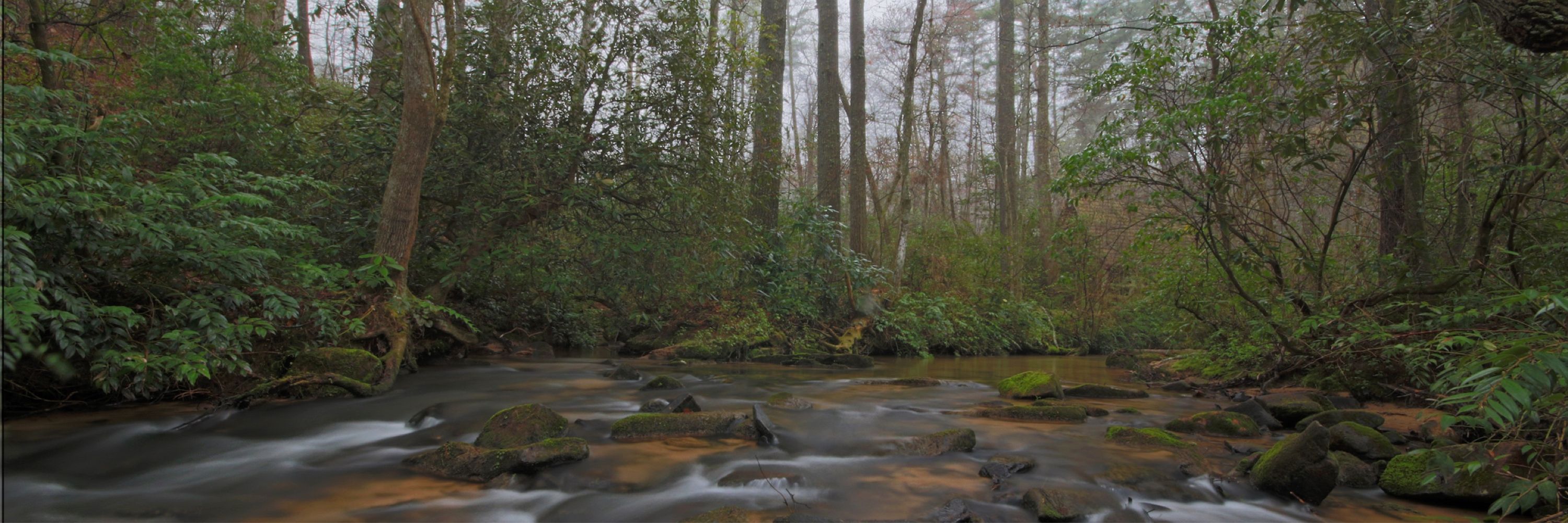


Getting permission to enter is half the battle.
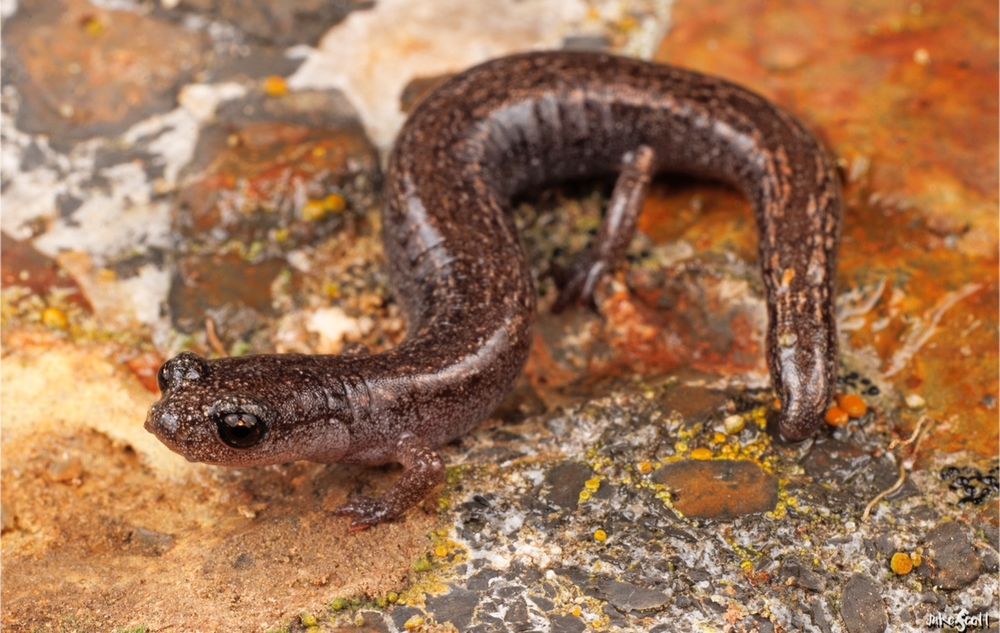
Getting permission to enter is half the battle.
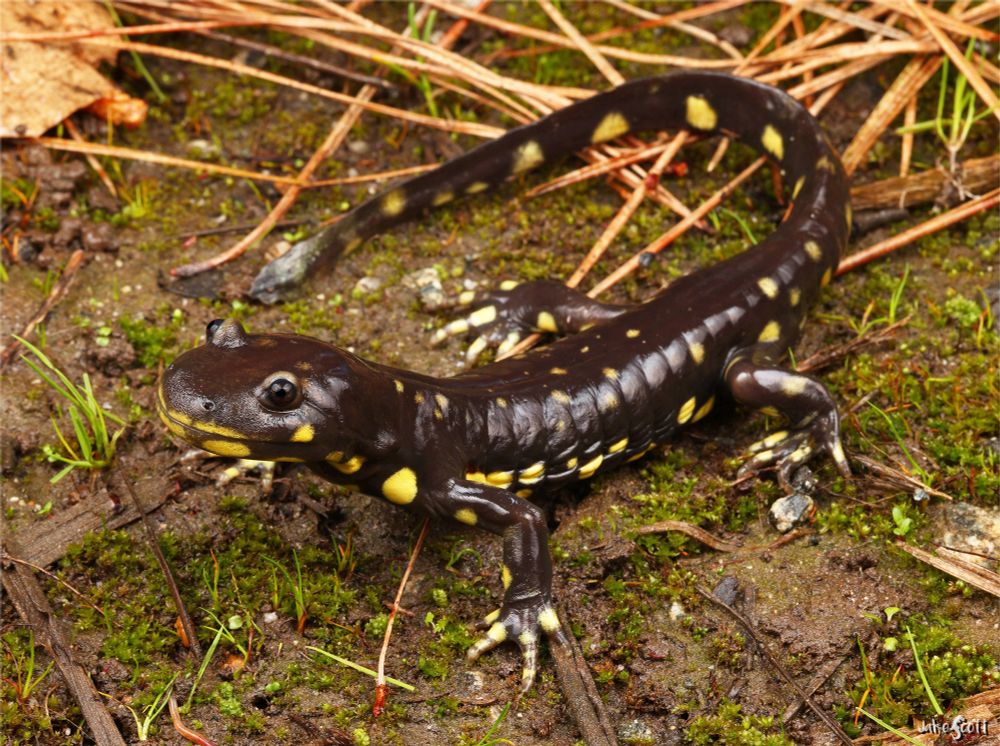

www.science.org/content/arti...
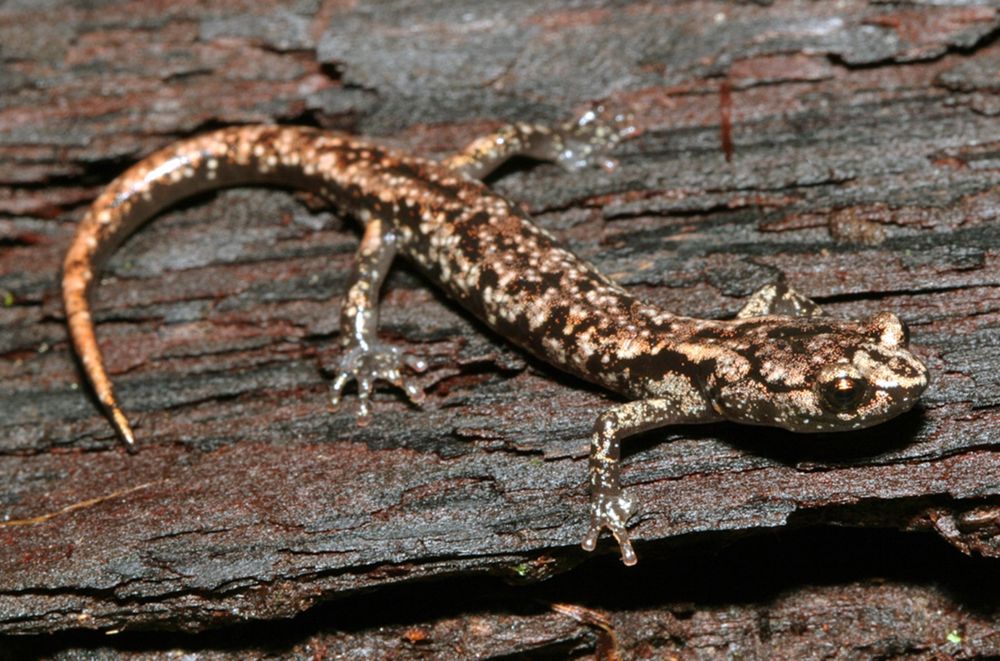
www.science.org/content/arti...

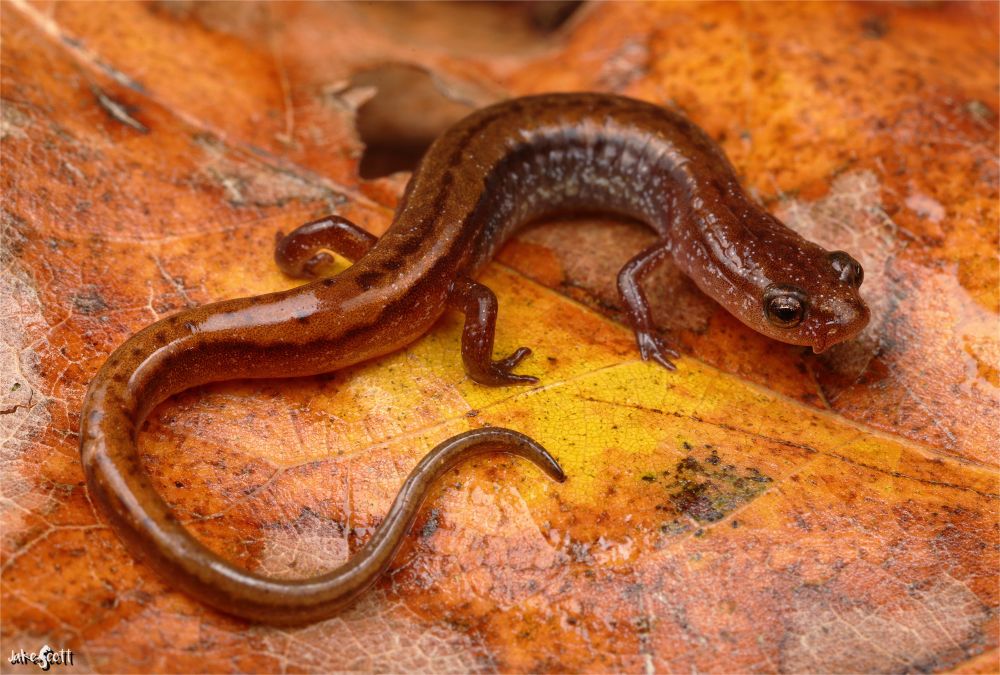
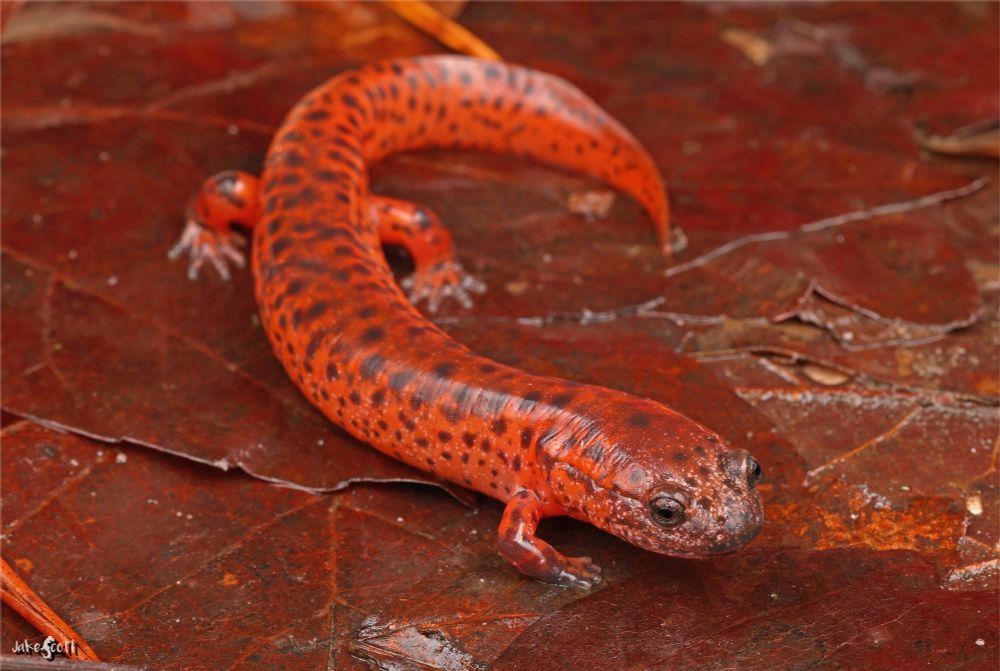

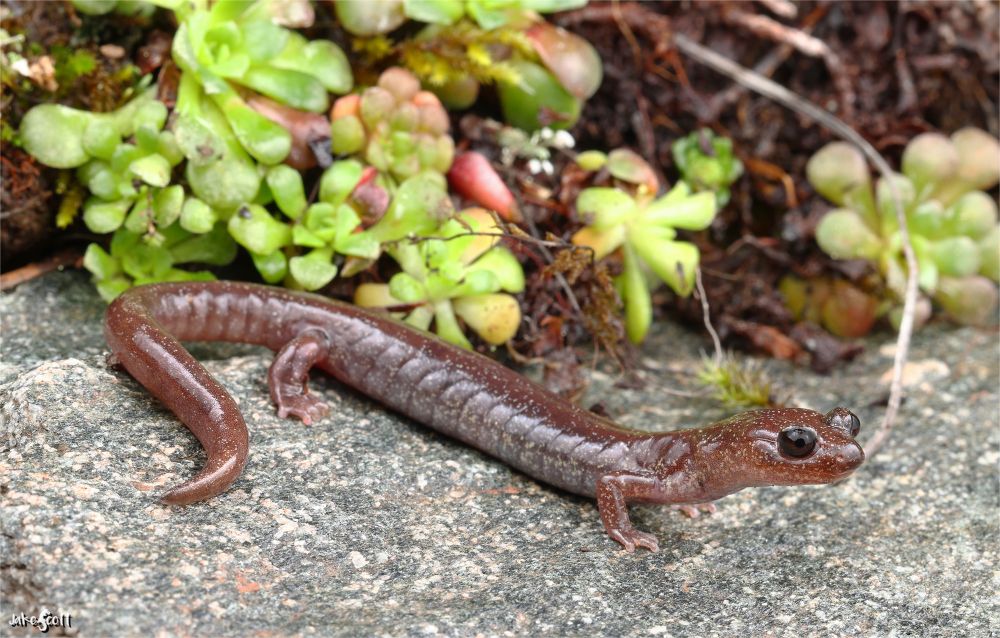
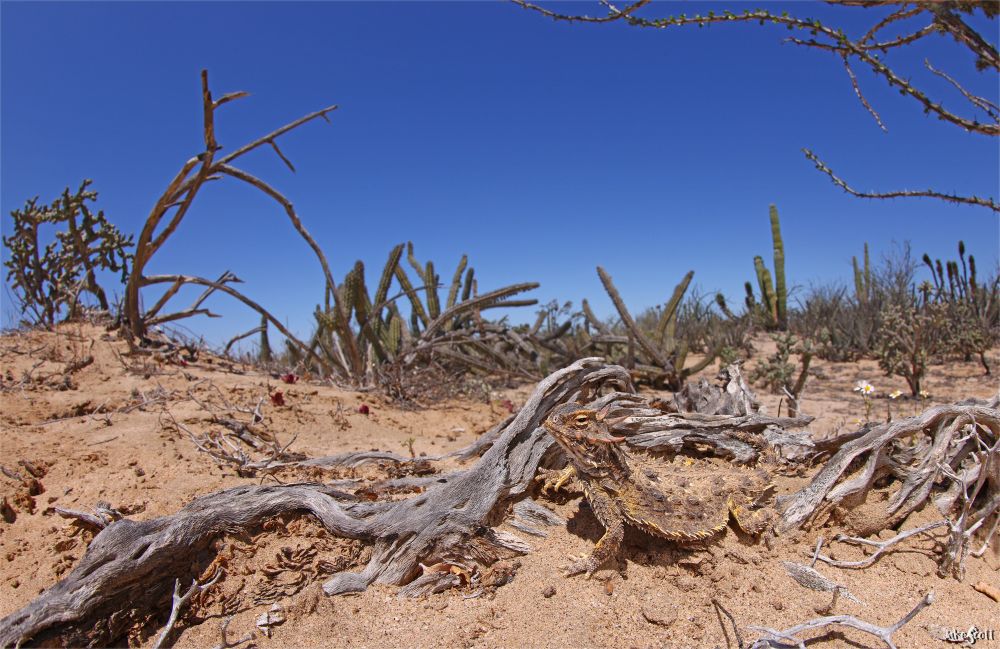
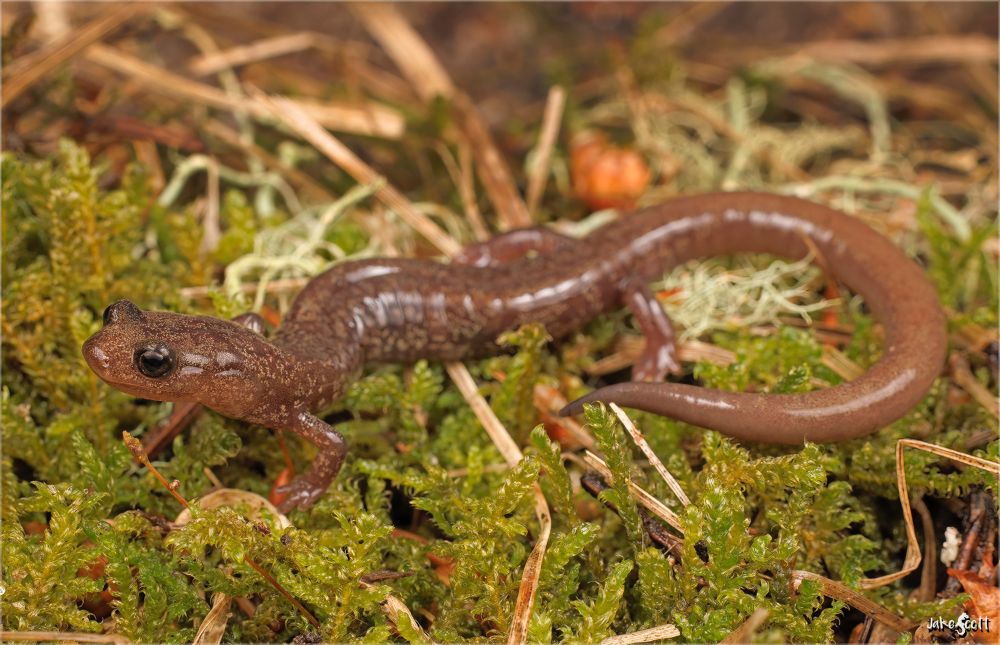
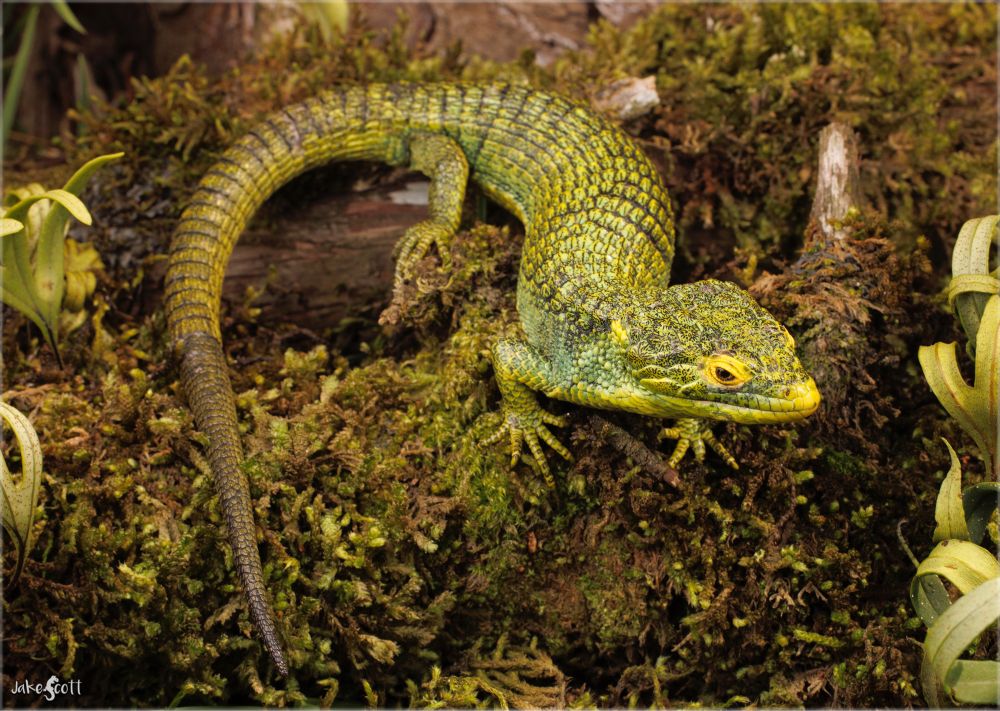
The Reticulate Collared Lizard (Crotaphytus reticulatus) only exists in Texas and northeastern Mexico along the Rio Grande/South Texas Plain south of the Balcones Escarpment.
In this photo the collared lizard sits next to an endangered Sand-dollar Cactus - (Astrophytum asterias).

The Reticulate Collared Lizard (Crotaphytus reticulatus) only exists in Texas and northeastern Mexico along the Rio Grande/South Texas Plain south of the Balcones Escarpment.
In this photo the collared lizard sits next to an endangered Sand-dollar Cactus - (Astrophytum asterias).

